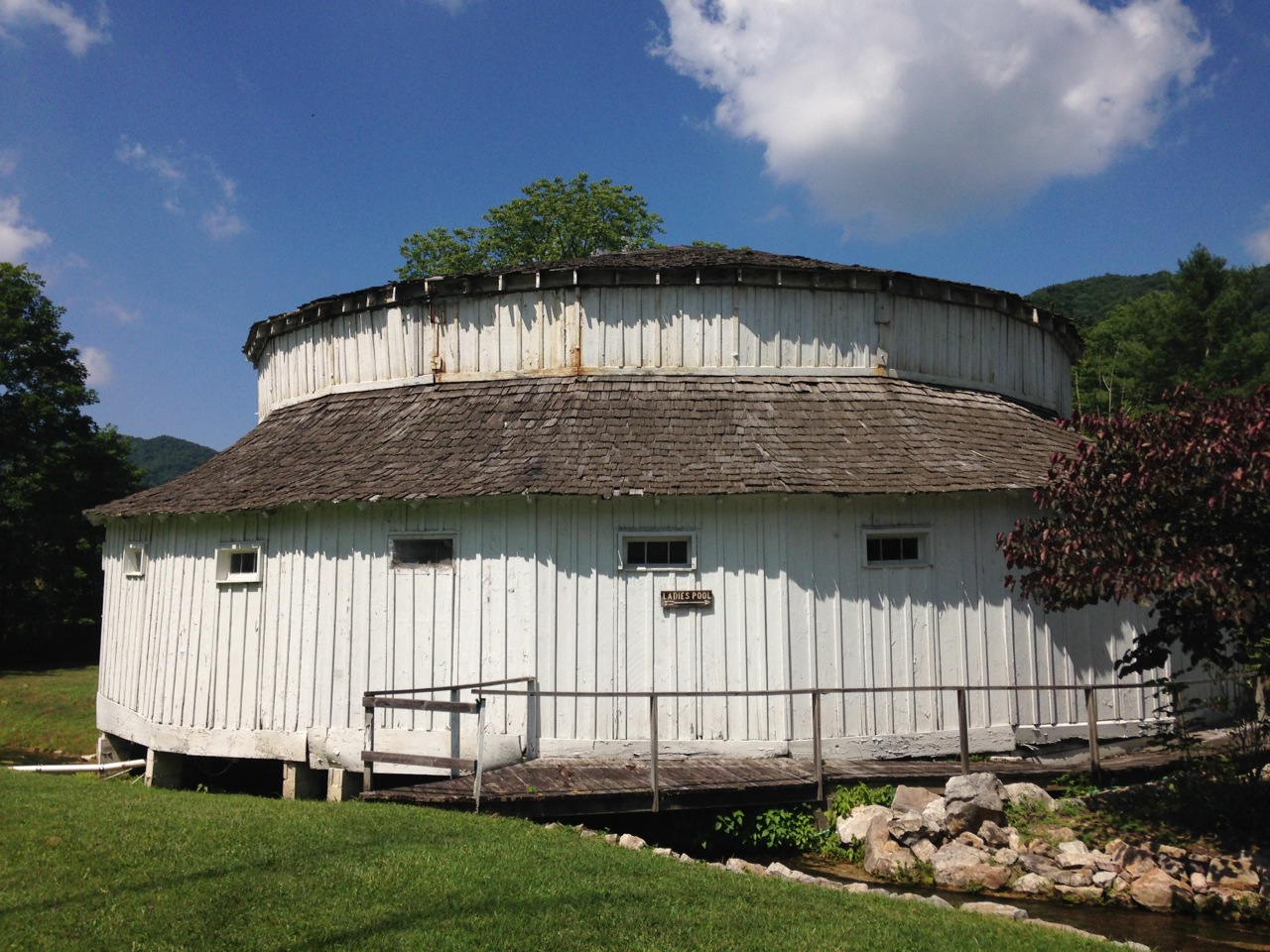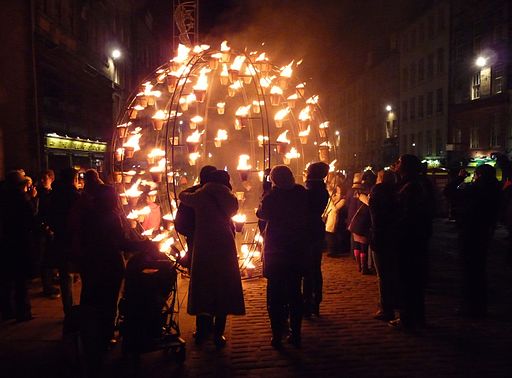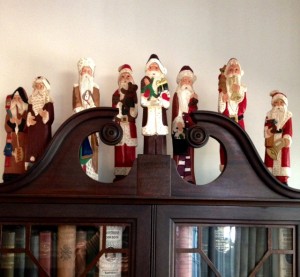This post also appears on the Virginia is for Mysteries blog. Click here to read it and more stories from Virginia is for Mysteries, Volume II.



Learn more about Virginia is for Mysteries, Volume II here.



Learn more about Virginia is for Mysteries, Volume II here.
The Virginia is for Mysteries blog is here.
January 2: Heather Weidner’s The Mill Mountain Star
January 10: Teresa Inge’s Corked for Murder
January 16: My post is coming soon!
Look for Virginia is for Mysteries: Volume II next month.

The fact that it really happened doesn’t mean it’s good story material.
Writers often use details and specifics to weave in richness and a sense of reality. So you might be tempted to mention Richmond, Virginia’s recent weather–Japanese cherry trees and hyacinths blooming in December–
–a temperature in the upper 70s on Christmas Eve, a rosebud or daffodil sprouts in January.
But unless unseasonably warm weather is part of your plot line, DON’T DO IT.
Details that are atypical but irrelevant are likely to take readers out of the story while they stop to think it over. Even worse, they might conclude that you don’t know what you are talking about–thus accomplishing the opposite of your intent!
I’m honored to have my essay “Hindsight” in the Winter edition of Mary: A Journal of New Writing.
I was a graduate student in psychology when my therapist said, “It sounds as though you spend about ninety percent of your time trying not to be like your mother.” True. What right-minded person would want to be like my mother? She was weak, sickly, hospitalized for suicidal depression at one point, and an alcoholic. Striving—consciously and non-consciously—not to be like my mother shaped my life for decades.
Feelings rather than logic drove Mom’s thinking. She was a kitchen-sink fighter—throwing everything into every argument. For her, no argument was ever lost because no argument was ever over. As a child, even in my bedroom with a pillow over my head, I could hear her screech about things that happened months or years ago with no apparent connection to whatever triggered this particular bout. I absolutely sided with Dad when he’d finally say, “I’m not gonna listen to any more of this crap.” He would then head to the basement or garden, the door banging behind him.
My earliest memories of Mom aren’t so negative. She worked hard, laughed a lot, enjoyed playing euchre, and taught Sunday School and Vacation Bible School. An excellent seamstress, she made a wedding gown for one of her younger sisters. She and Dad belonged to a square-dancing club, and she sewed their matching outfits. She was inconsistent—sometimes sending me out to cut a switch and then not disciplining me with it—but she also made wonderful birthday cakes. She taught me to sew, cook, clean house, and iron.
Read more at Mary: A Journal of New Writing. Thank you to Mary‘s editors for publishing “Hindsight.”
The anthology of nineteen short stories, set in and around the Commonwealth, features Virginia landmarks and locations such as Virginia Wine Country, the Poe Museum, Luray Caverns, Colonial Williamsburg, the Great Dismal Swamp, Nimrod Hall (my story!), the Barter Theater, and Mill Mountain, to name a few. Visit VirginiaIsForMysteries.com to learn more.
The stories transport readers across the diverse backdrop of the Old Dominion to a unique and deadly landscape, filled with killers, crooks, and criminals.
Authors: Meriah Lysistrata Crawford, Adele Gardner, Debbiann Holmes, Maria Hudgins, Teresa Inge, Maggie King, Kristin Kisska, C. B. Lane, Vivian Lawry, Michael McGowan, Kathleen Mix, Jayne Ormerod, Yvonne Saxon, Rosemary Shomaker, Rosemary Stevens, Linda Thornburg, Heather Weidner, Lee A. Wells, and Ken Wingate

I hope you’ll join us at one of our upcoming events. First up, the Poe Birthday Bash on January 16th.
Currently, most people around the world begin New Year’s celebrations on December 31, the last day of the Gregorian calendar. But as with so much in the modern world, it wasn’t always so. Although people have celebrated the beginning of a new year for millennia, astrological or agricultural events typically marked the new year.
The earliest recorded celebration of the beginning of a new year was in ancient Babylon, some 4,000 years ago. For Babylonians, the new year began with the first full moon following the vernal equinox, a date falling in late March. It was a massive religious festival that required a different ritual every day for 11 days.

(Dragon in Chinatown NYC Lunar New Year) [CC BY 2.0 (http://creativecommons.org/licenses/by/2.0)], via Wikimedia Commons
For early Romans, each new year began with the vernal equinox. A year had 304 days divided into 10 months. Over time, the calendar year deviated significantly from the sun year. In 46 B.C. Julius Caesar consulted astronomers and mathematicians to solve the problem. He added 90 days to that year, adjusted the length of months, and declared January 1 as the first day of the year. January honors the Roman god of beginnings—Janus—who has two faces that look forward and back. In 1582, Pope Gregory XIII established January 1 as new year’s day for Christians.
Vatican museum, Vatican City
Making a lot of noise—shooting guns, banging pots and pans, blaring car horns, playing loud music, setting off firecrackers—is supposed to scare away bad luck and evil spirits. Partying with family and/or friends is common, as is fireworks displays or other ritual midnight activities.
In the U.S., the dropping of the giant ball in Times Square, begun in 1907, is now watched by millions. Spin-offs involve publicly dropping items that represent an area’s culture, geography, or history: the Peach Drop in Atlanta, GA; Pickle Drops in Dillsburg, PA, and Mount Olive, NC; the Possum Drop in Tallapoosa, GA; Wylie the Walleye Fish Drop in Port Clinton, OH; the Bologna Drop in Lebanon, PA; a Watermelon Drop in Vincennes, IN; the Midnight Muskrat Dive in Princess Anne, MD; a Big Cheese Drop in Plymouth, WI; a Pine Cone Drop in Flagstaff, AZ; a Grape Drop in Temecula Valley, CA; a Donut Drop in Hagerstown, MD; a Flip-flop Drop in Folly Beach, SC; a Wrench Drop in Mechanicsburg, PA; Beach Ball Drop in Panama City Beach, FL; the Music Note Drop in Nashville, TN; Chile Drop in Las Cruces, Mexico. Surely I’ve missed some! Please feel free to comment on your favorites.

(https://www.dvidshub.net/image/511672) [Public domain], via Wikimedia Commons
In the Philippines, many wear new, bright, colorful clothes with circular patterns. In Brazil, wearing white on the beach to ring in the new year is supposed to bring good luck. In Italy, wearing red underwear on New Year’s Eve is traditional. Spanish tradition holds that wearing new red underwear brings good luck. In Venezuela, the underwear is yellow.
In Scotland, Hogmanay is celebrated with First-Footing (going to each other’s houses with gifts of whiskey and sometimes a lump of coal); Edinburgh hosts a 4 or 5 day festival, beginning on December 28th, including cannon fire and fireworks displays.

North and South Korea celebrate New Years twice, a Lunar New Year which varies, and a Solar New Year which is always January 1.
The practice of making resolutions for the new year is thought to have been popular first among the ancient Babylonians.
And thus we come full circle—a fine New Year’s tradition!

